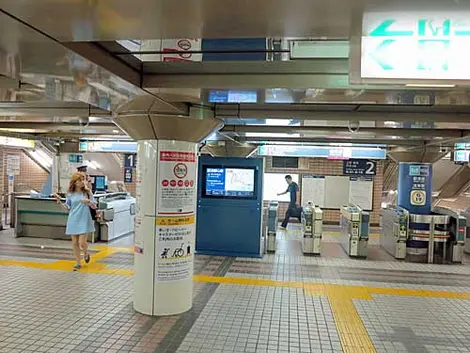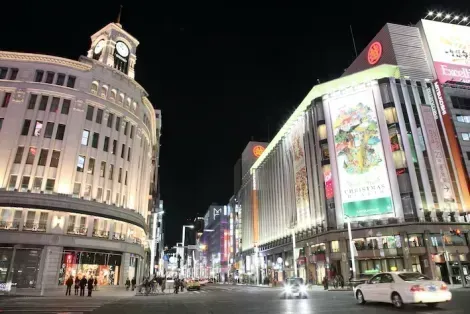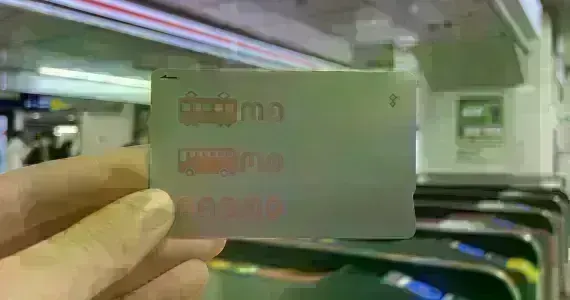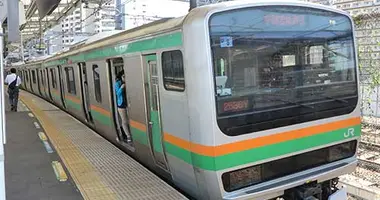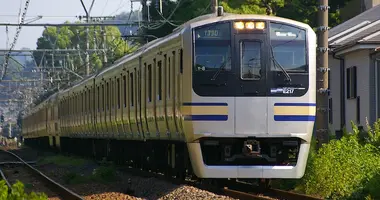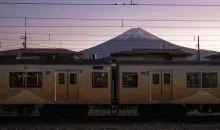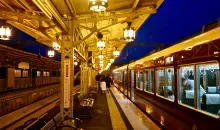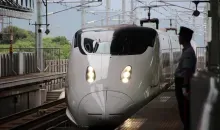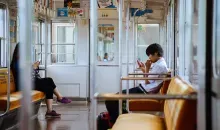Ginza Subway Line: The Historic Heart of Tokyo's Metro System
- Published on : 16/03/2024
- by : Japan Experience
- Youtube
The Ginza Line is Tokyo's oldest subway line, opened in 1927. It runs through central Tokyo, connecting major districts like Shibuya, Ginza and Asakusa. The line is essential for navigating Tokyo, especially for tourists visiting key attractions. With its rich history and convenient route, the Ginza Line remains a vital artery in the city's transportation network.
History and Development of the Ginza Line
The Ginza Line was conceived in the 1920s as Tokyo's first underground railway. Construction began in 1925, and the line opened in stages between 1927-1939. It played a key role in Tokyo's development and modernization during the early 20th century. Today, the Ginza Line is an integral part of the Tokyo Metro network, serving millions of passengers each year.
Route and Key Destinations
The Ginza Line runs 14.3 km from Shibuya to Asakusa, passing through 19 stations in total. Major stops and interchanges include:
- Shibuya (connection to Yamanote line)
- Omote-sando (for Harajuku, Meiji Shrine)
- Ginza (upscale shopping district)
- Ueno (museums, Ueno Park)
- Asakusa (Sensoji Temple)
This diverse range of stops makes the Ginza Line convenient for accessing tourist sites, business districts, and residential neighborhoods across central Tokyo.
Using the Ginza Line - Fares and Tickets
The Ginza Line uses a flat fare system based on distance. Most journeys cost between 170-240 yen. The cheapest way to ride is with a prepaid IC card like Pasmo or Suica. Day passes are also available for unlimited rides. Discount passes for tourists can be purchased at major stations, offering savings for those planning to make multiple trips.
Connections to Other Tokyo Metro and Toei Subway Lines
The Ginza Line offers easy connections to other subway lines at major stations. At Ginza Station, riders can transfer directly to the Marunouchi and Hibiya lines. Shibuya Station provides access to the Yamanote loop line. Asakusa Station connects to the Asakusa Line and Tsukuba Express. These seamless transfers make it easy to reach destinations across the Tokyo Metro and Toei Subway networks.
Train Services and Frequency
Ginza Line trains run every 2-5 minutes, providing frequent service from around 5am to midnight. All trains stop at every station on the line. This convenient schedule is ideal for accessing tourist sites and nightlife areas. During peak commuting times, trains can get very crowded, so it's best to avoid rush hours if possible.
Tips for Riding the Ginza Line
A few tips for a smooth journey on the Ginza Line:
- Avoid peak rush hours if you can, as trains get very crowded
- Have your ticket or IC card ready to tap at the gate
- Follow the signs and station numbering system to find your way
- Check your belongings before exiting, especially during busy times
By following these tips and familiarizing yourself with the Ginza Line's route and key stations, you'll be navigating Tokyo's original subway like a local in no time. Whether commuting to work or exploring the city's top attractions, this historic rail line remains an essential part of life in Japan's dynamic capital.



